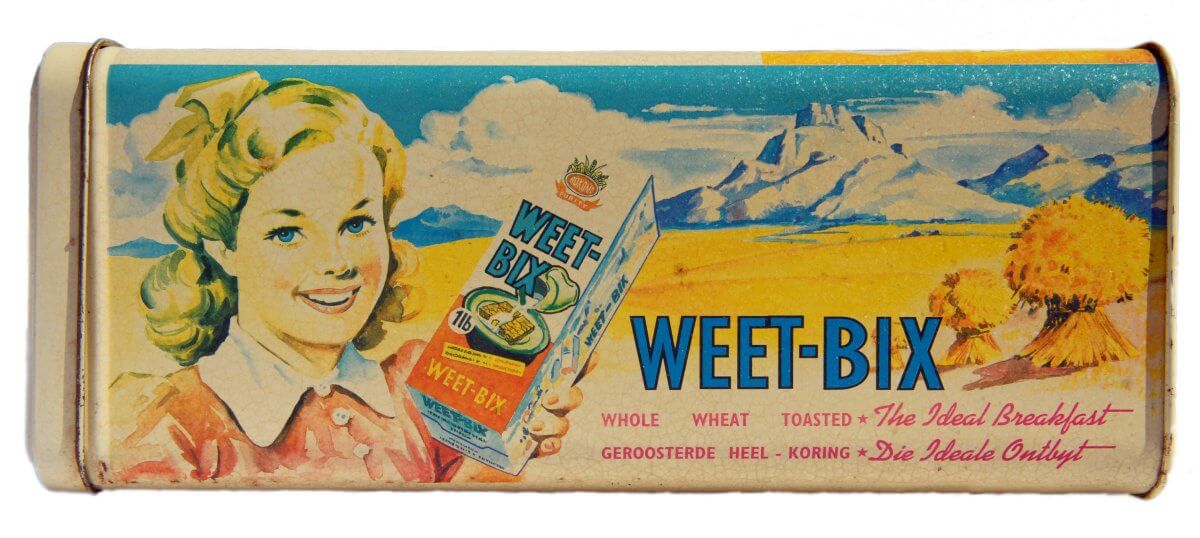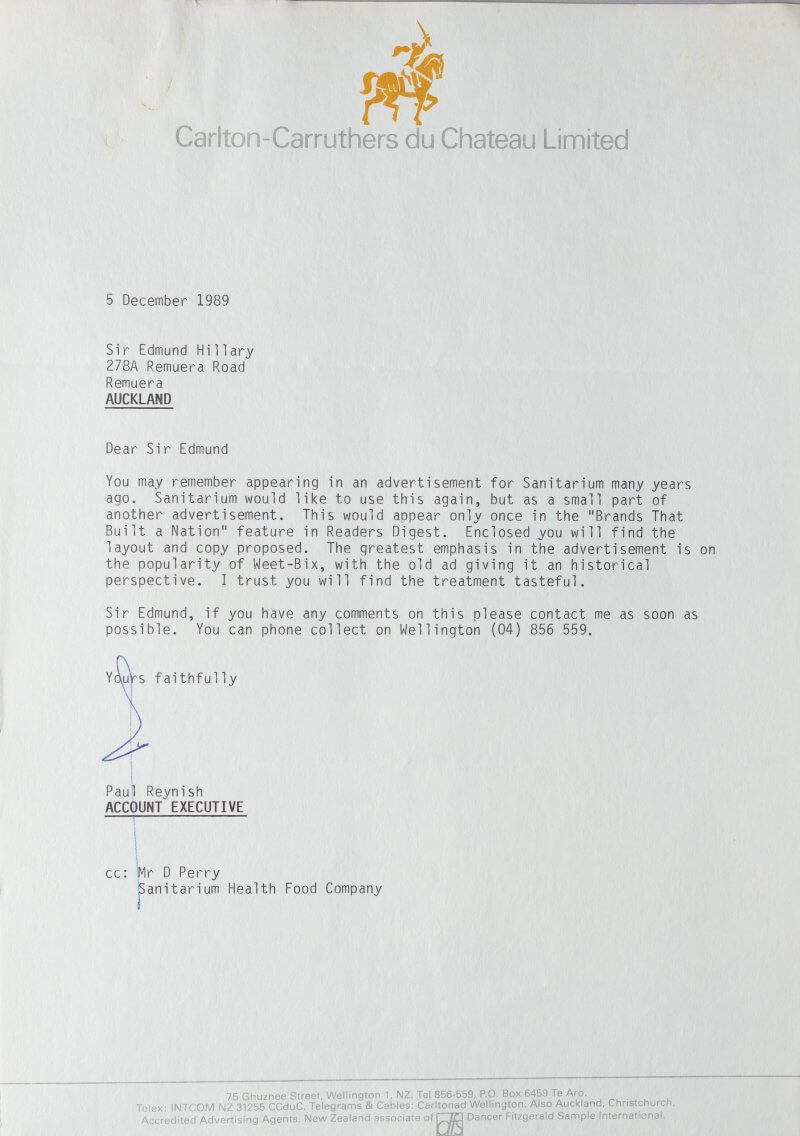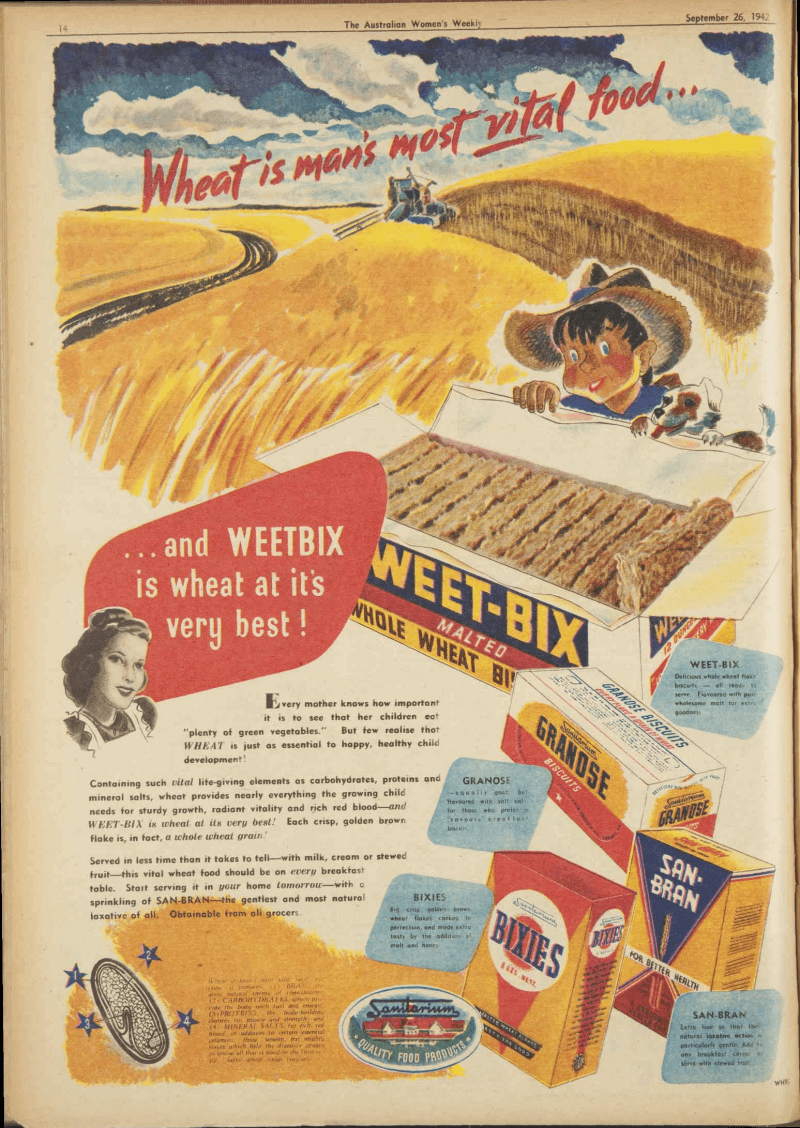Location
To be announced
About the introduction of Weet-Bix
Now a staple on Australian breakfast tables, Weet-Bix was created by Arthur Shannon in 1926. Seeking a cereal sweeter than its precursor, Granose, Shannon worked with neighbours and factory staff to name it Weet-Bix. He trademarked it and began production in Leichhardt. After gaining popularity, Sanitarium bought the brand and moved production to Cooranbong on the Central Coast.
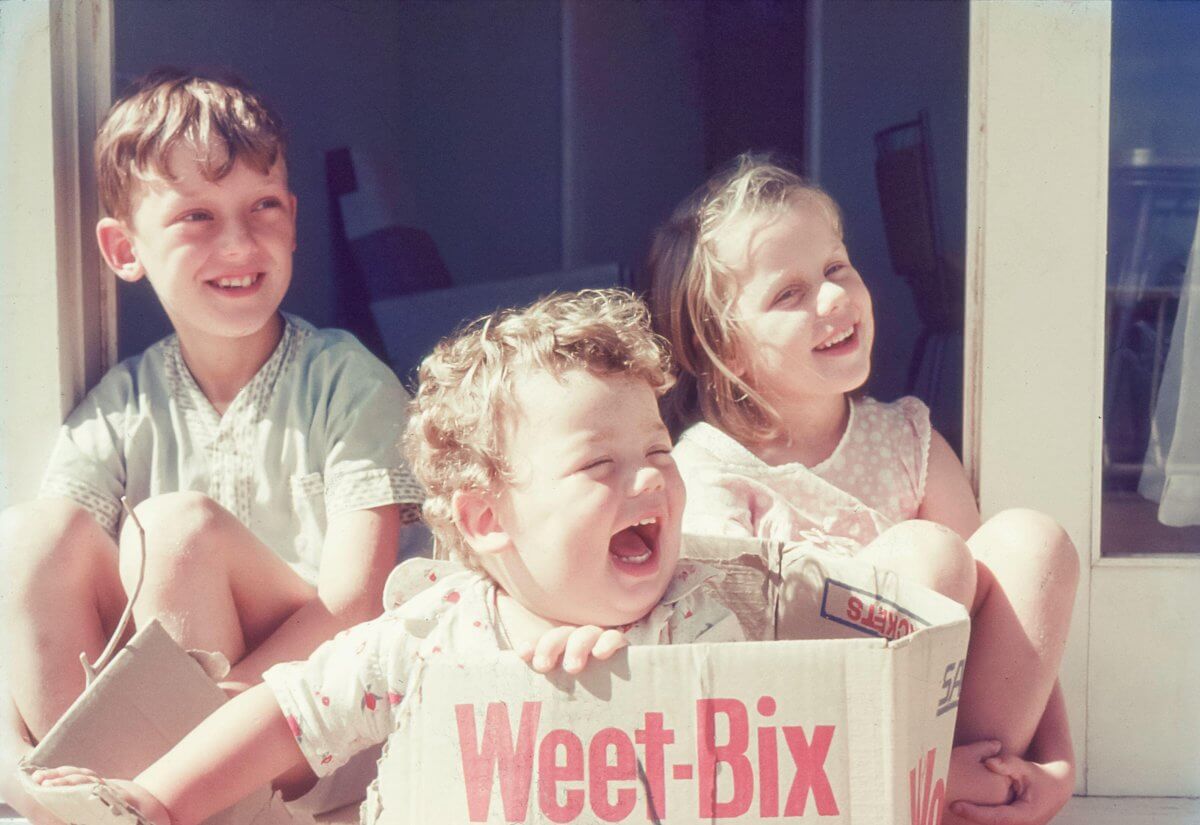
Weet-Bix kids, Sydney, Australia, 1969
Weet-Bix is born
Arthur Shannon, along with the Seventh Day Adventist Church, aimed to create a popular and healthy breakfast cereal. Although the church's Sanitarium Health Food Company already produced Granose (a precursor to Weet-Bix), Arthur sought something sweeter.
On 24 August 1926, the introduction of Australia’s iconic breakfast cereal came when an application to trademark the name 'Weet-Bix' was lodged. Arthur came up with this name after asking his next-door neighbours and factory employees to choose between Sun-Bix or Weet-Bix. Production began in Leichhardt, Sydney, that same year.
From the beginning, the product was marketed in a unique way. Rather than have the grocers pay up-front, it was sold on consignment instead. The ‘Shannon method’ enhanced its appeal with grocers as a result. The company also employed strategic advertising through newspapers, using competitions and games to engage both stockists and consumers, which increased Weet-Bix’s popularity. Operations were scaled up significantly and, by November of that year, the cereal had become a staple in the Australian diet.
In 1928, Arthur sold his company to Sanitarium. By the late 1920s, Weet-Bix expanded production to Brisbane, Adelaide, New Zealand, South Africa and the United Kingdom.
Famous catchphrases
When television and commercial advertising emerged in the 1950s, Weet-Bix ads gained traction with catchy tunes and popular slogans like ‘Weet-Bix are wonderful’. In 1985, Pat Aulton created the successful jingle ‘Aussie kids are Weet-Bix kids’, later adapted in New Zealand as ‘Kiwi kids are Weet-Bix kids’. Other notable phrases included ‘Hope he’s had his Weet-Bix’ and ‘Breakfast of champions’.
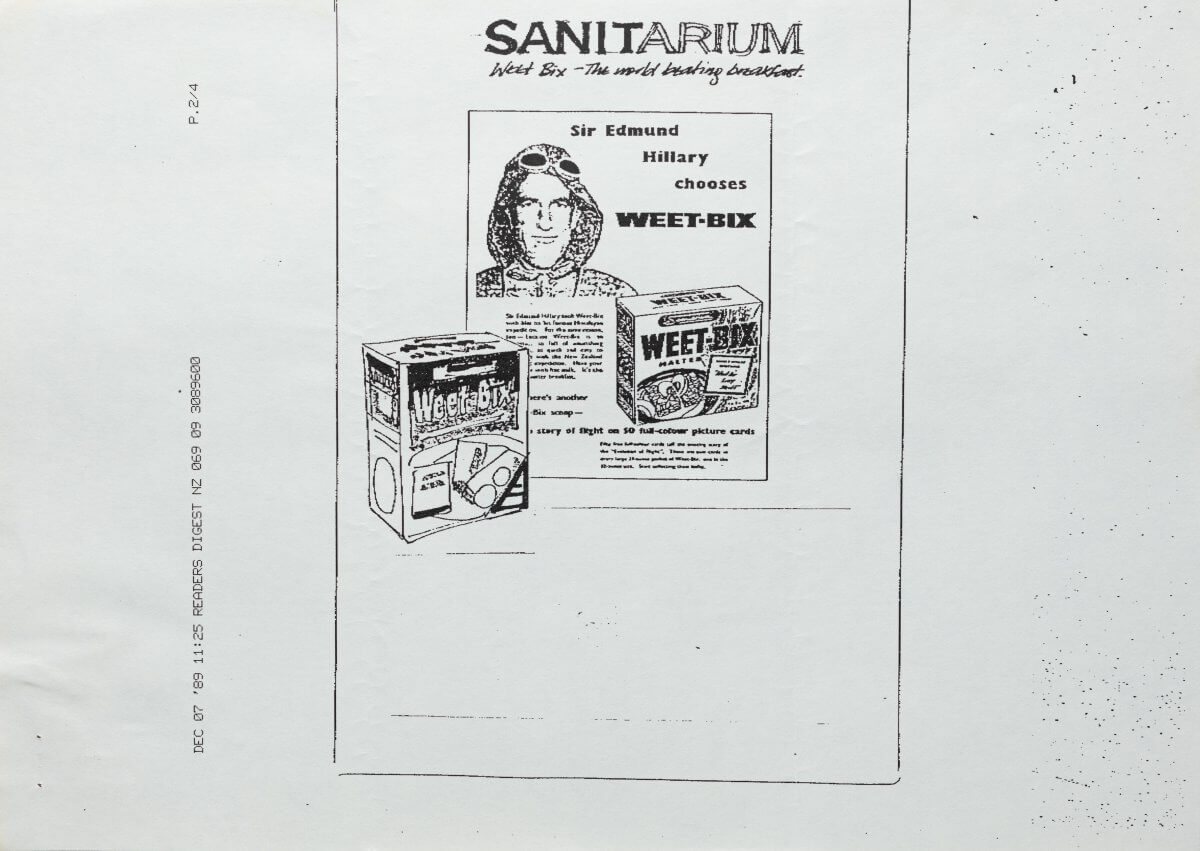
Sanitarium advertisment for Reader’s Digest, 7 December 1989
Sir Edmund Hillary, Weet-Bix and the hike to Mount Everest
As Weet-Bix became a popular breakfast choice, it gained star endorsements. New Zealander Sir Edmund Hillary, the first to climb Mount Everest (with Tenzing Norgay), chose the cereal for his journey. On 29 May 1953, he took the cereal to the summit and later wrote a letter endorsing the product to Sanitarium, whose advertisement in the Reader’s Digest read:
… When you’re climbing in the Himalayas it’s very important to have a hot nourishing breakfast. That’s why Sir Edmund Hillary took Weet-Bix with him on that famous expedition in 1953.
Sir Edmund Hillary’s son, Peter Hillary, also recalled fond memories of how his father ate his Weet-Bix:
My father always had Weet-Bix for breakfast; sometimes just with milk but his favourite was with a generous serve of canned peaches over the top! … I remember Dad once refused to endorse another cereal brand because he said he was quite happy with his Weet-Bix!
From its humble beginnings in Leichhardt, Weet-Bix is as popular now as it was then.
References
- Auckland War Memorial Museum (n.d.) Sir Edmund Hillary Archive, Auckland Museum website, accessed 4 July 2025.
- IP Australia (2019) Trade Mark 45320, Australian Trade Mark Search website, accessed 4 July 2025.
- Praestiin J (20 July 2020) Sanitarium Health and Wellbeing, South Pacific Division, Encyclopedia of Seventh-day Adventists website, accessed 4 July 2025.
- Supermarket News (21 September 2020) 'Weet-Bix celebrates milestone birthday', Supermarket News, accessed 4 July 2025.
